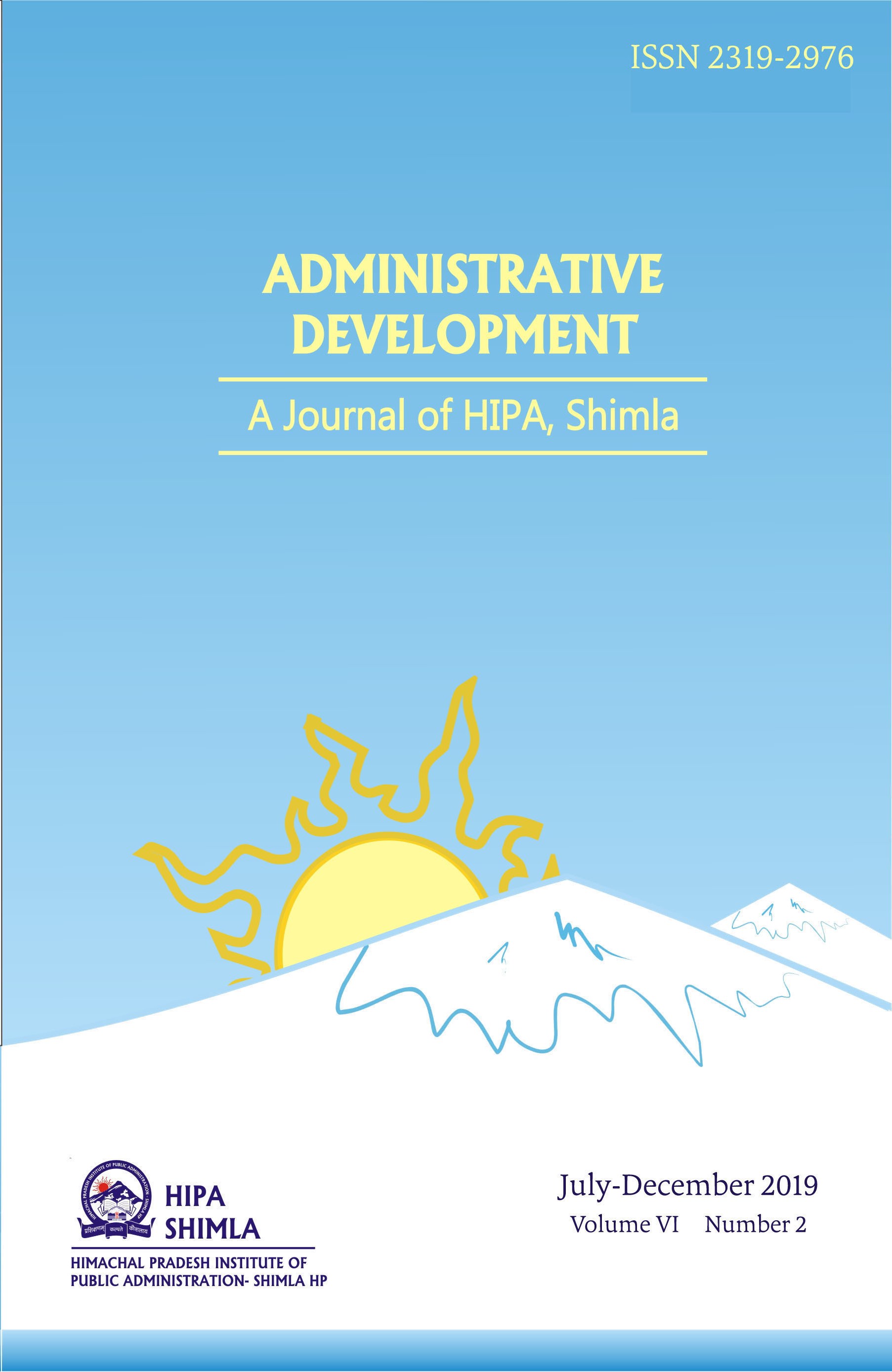POTENTIAL OF ORGANIC FARMING TO MITIGATE CLIMATE CHANGE AND INCREASE SMALL FARMERS’ WELFARE
Keywords:
Organic, Zero budget natural farming, Climate change, Small farmerAbstract
Global climate change will have maximum damaging effects on the vulnerable population living in the global south, mainly the small farmers, traditional forest dwellers, and coastal communities. Small farms of less than 1 hectare, estimated to be around 410 million worldwide, are in areas of high poverty density. Any effort to achieve the "no poverty" goal of SDG and increasing their welfare will require a synergistic attempt on the part of climate change mitigation and adaptation, achieving sustainable livelihoods and improving health and nutrition indicators of these people. In this context, organic cultivation acquires particular importance due to its climate mitigation potential. It balances and corrects nutrient cycles, carbon sequestration and reduces carbon emissions from chemical farming. Its poverty reduction potential is due to a reduction in the input cost for the farmer, better prices in the market, improvement of health as contact with chemical fertilizers and pesticides reduces and nutrient-rich food consumption. Organic cultivation acquires particular relevance in the context of countries like India where a large number of farmers are small and marginal. They currently face adverse market conditions where the input cost of farming is higher than the prices at which the market values their produce. Organic cultivation can reduce this cost and increase the profitability of farming for them. This paper analyzes the available literature related to organic agriculture and its future potential for improving the welfare of Indian farmers most of which are small and marginal.

Downloads
Published
How to Cite
Issue
Section
License
Upon acceptance of an article, authors will be asked to complete a 'Journal Publishing Agreement'. An e-mail will be sent to the corresponding author confirming receipt of the manuscript together with a 'Journal Publishing Agreement' form or a link to the online version of this agreement.
Subscribers may reproduce tables of contents or prepare lists of articles including abstracts for internal circulation within their institutions. Permission of the Publisher is required for resale or distribution outside the institution and for all other derivative works, including compilations and translations. If excerpts from other copyrighted works are included, the author(s) must obtain written permission from the copyright owners and credit the source(s) in the article. As a general rule, permission should be sought from the rights holder to reproduce any substantial part of a copyrighted work. This includes any text, illustrations, charts, tables, photographs, or other material from previously published sources.
This journal permits and encourages authors to post items submitted to the journal on personal websites or institutional repositories both prior to and after publication, while providing bibliographic details that credit, if applicable, its publication in this journal.
